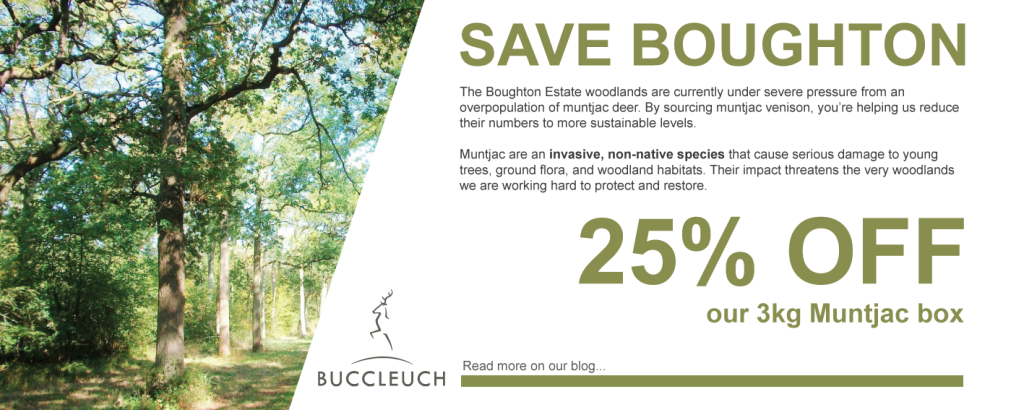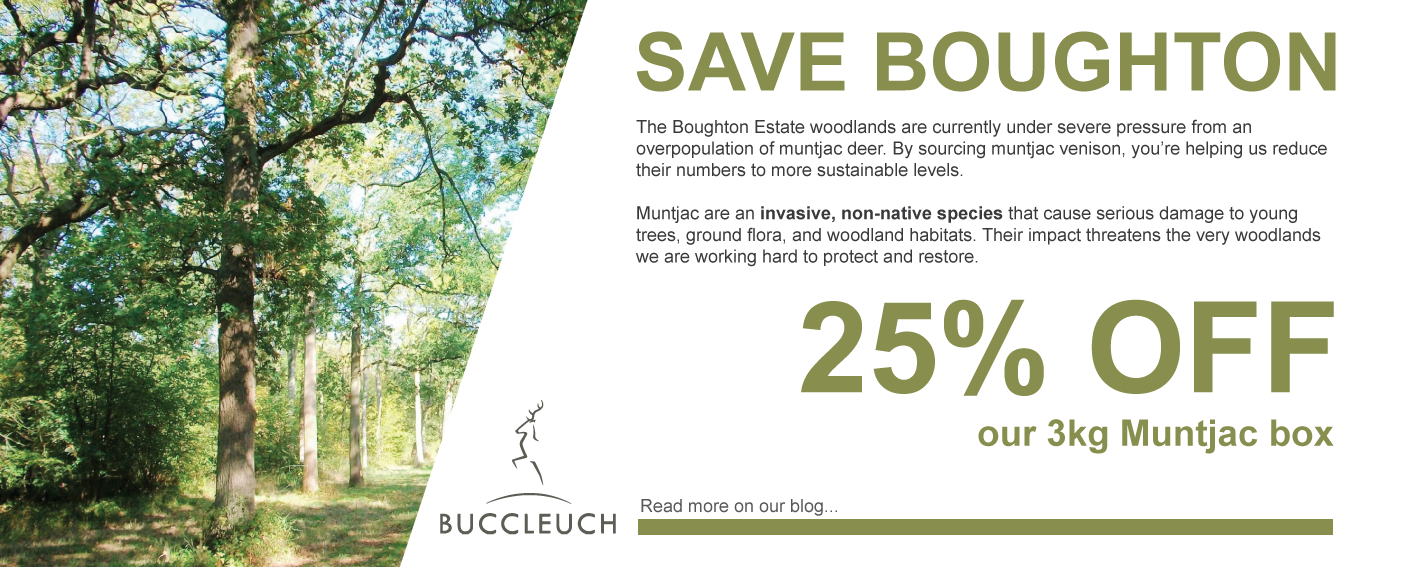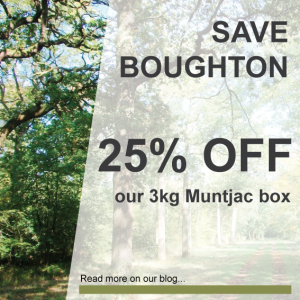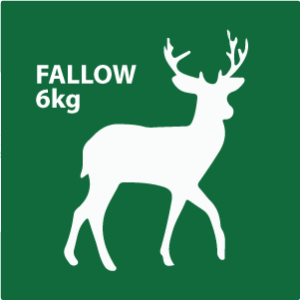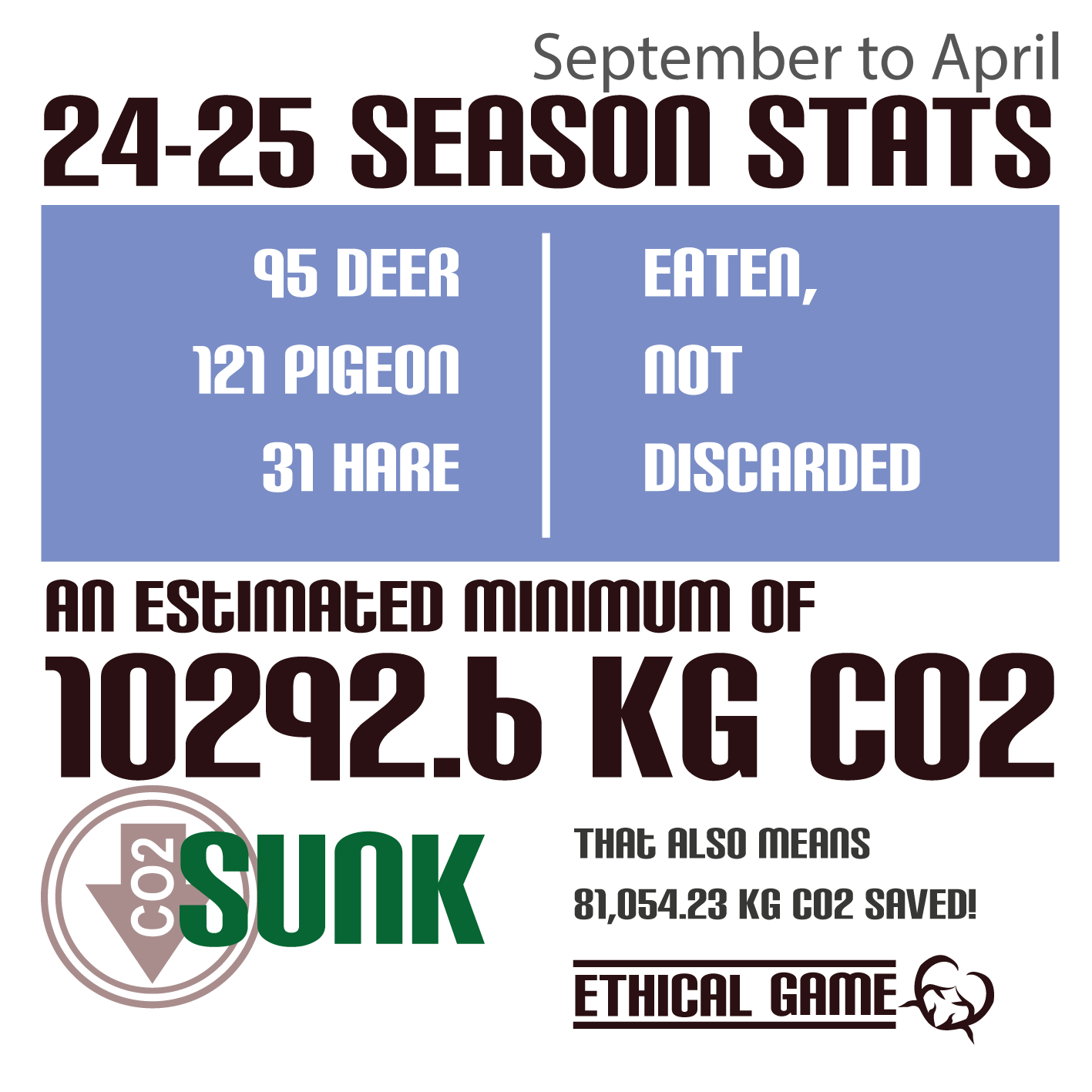Across the UK, our ancient woodlands are under threat — not just from climate change and human pressures, but also from an unlikely culprit: the muntjac deer.
What Are Muntjac?
Originally introduced from China in the early 20th century, muntjac are a non-native, invasive species that have rapidly spread across England and Wales. Unlike our native deer, they breed all year round, meaning their numbers can rise quickly and without natural checks.
At first glance, muntjac may seem harmless — they’re small, elusive, and not as striking as our red or fallow deer. But beneath this appearance lies a serious problem for the delicate balance of our woodlands.
The Damage They Cause
Muntjac feed on a wide range of plants and young shoots. This constant browsing prevents the natural regeneration of trees, strips the understory of shrubs, and destroys ground flora such as bluebells and orchids. Over time, the woodland floor becomes barren, reducing biodiversity and threatening the survival of countless native species — from insects and birds to mammals that depend on healthy woodland habitats.
Unlike occasional browsing from native deer, muntjac pressure is relentless. They can devastate saplings before they have the chance to mature, undoing years of woodland management and conservation work in a single season.
Boughton: A Woodland Under Pressure
The Boughton Estate is one such woodland struggling with the impact of muntjac overpopulation. Despite ongoing conservation efforts, the estate is seeing significant damage to its young trees and natural regeneration.
The estate’s mission is to restore and protect its historic woodlands — ensuring they remain vibrant, biodiverse, and resilient for generations to come. But the unchecked growth of muntjac numbers threatens this vision. Without action, the delicate woodland ecosystem at Boughton will continue to degrade, with long-lasting consequences for wildlife and heritage alike.
Why Action Is Needed
If we are to protect our woodlands, we must control invasive species like muntjac. Sustainable culling is a vital part of this effort, reducing pressure on the environment while making use of the venison as a healthy, delicious, and sustainable food source.
By choosing muntjac venison, you are not only enjoying tender, mild-flavoured meat — you are directly contributing to the restoration and protection of Boughton’s woodlands. Every purchase helps bring muntjac numbers back to manageable levels, giving native plants and wildlife the chance to thrive again.
Saving Our Woodlands, Together
The challenge muntjac pose is urgent, but it is not insurmountable. With careful management, conservation, and community support, we can reduce their impact and safeguard the woodlands we all treasure.
At Boughton, the message is clear: eat venison, save the woods.
